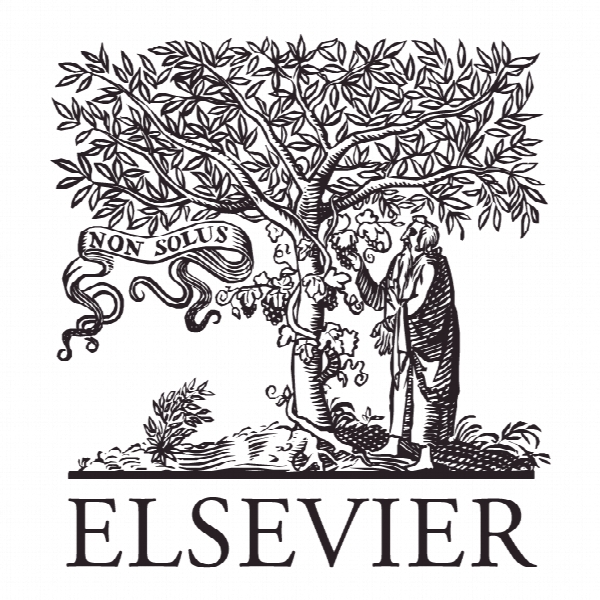نگرشی از تمرین پیش بینی بار نشست و فونداسیون سطحی Insights from a shallow foundation load-settlement prediction exercise
- نوع فایل : کتاب
- زبان : انگلیسی
- ناشر : Elsevier
- چاپ و سال / کشور: 2018
توضیحات
رشته های مرتبط مهندسی عمران
گرایش های مرتبط ژئوتکنیک
مجله کامپیوترها و ژئوتکنیک – Computers and Geotechnics
دانشگاه The University of Western Australia – Australia
شناسه دیجیتال – doi http://dx.doi.org/10.1016/j.compgeo.2017.05.009
منتشر شده در نشریه الزویر
کلمات کلیدی انگلیسی Shallow foundation, Soft clay, Field tests, Prediction exercise
گرایش های مرتبط ژئوتکنیک
مجله کامپیوترها و ژئوتکنیک – Computers and Geotechnics
دانشگاه The University of Western Australia – Australia
شناسه دیجیتال – doi http://dx.doi.org/10.1016/j.compgeo.2017.05.009
منتشر شده در نشریه الزویر
کلمات کلیدی انگلیسی Shallow foundation, Soft clay, Field tests, Prediction exercise
Description
1. Introduction The design of shallow foundations on soft clay subject to undrained centric vertical loading is a routine task for the geotechnical engineering profession. To satisfy the ultimate limit state, the designer is required to ensure that applied loads remain remote from the ultimate bearing capacity of the foundation. Design for the serviceability limit state requires that settlement of the foundation under working loads will be small enough to ensure satisfactory performance of the structure it supports. Foundation design therefore requires an ability to predict both the ultimate bearing capacity and settlements under working loads. As part of the activities of the Australian Research Council (ARC) Centre of Excellence for Geotechnical Science and Engineering (CGSE), an international shallow foundation prediction exercise was conducted with the aim of assessing the predictive capabilities of the geotechnical engineering profession. This paper describes the exercise and compares predictions received from 50 submissions with measured foundation performance of field tests carried out at the Australian National Field Testing Facility (NFTF). It was found that participants significantly overestimated the bearing capacity of the foundation, with the average predicted bearing capacity exceeding the measured value by around 100%. On average, predicted settlement values exceed measured values by more than 600%. To examine reasons for the poor prediction results, a review of strength and stiffness data from the site is presented. It is shown that the site data provides a good indicator of foundation performance via simple foundation models. This suggests that poor predictions cannot be attributed to inaccurate or insufficient information. An assessment of the sources of over prediction of bearing capacity and settlement is presented and the use of technology to automate the processing of soil data interpretation or development of predictive models that connect directly to soil data are discussed as possible solutions.


